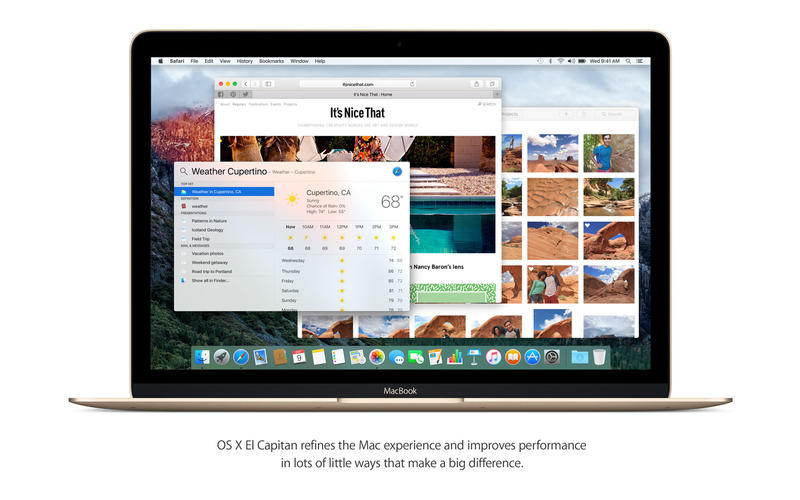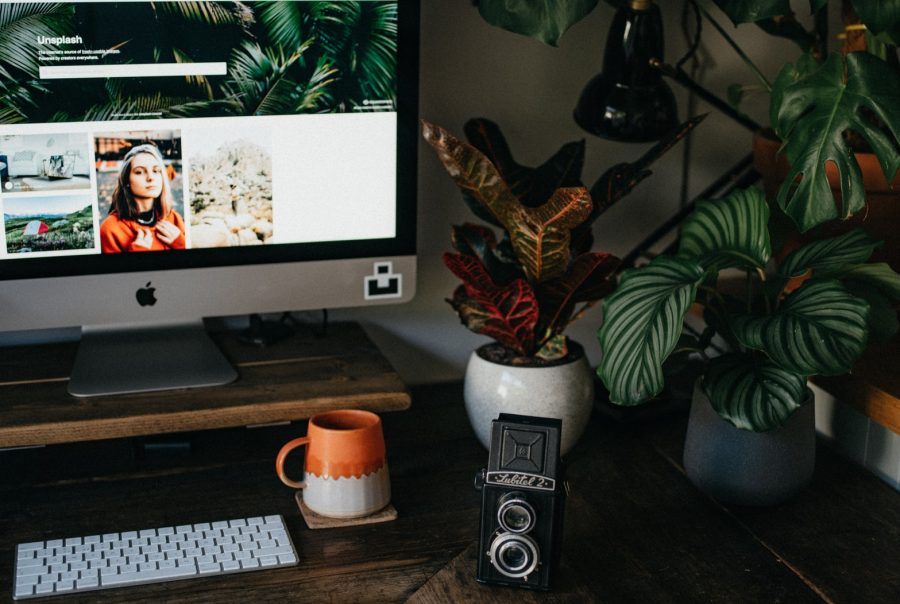
- #MAIL DESIGNER OSX FOR MAC OS#
- #MAIL DESIGNER OSX INSTALL#
- #MAIL DESIGNER OSX UPDATE#
- #MAIL DESIGNER OSX UPGRADE#
Kext files are essentially drivers for Mac OS X. Static libraries are collections or archives of object files. The kind of library that becomes part of an app’s executable file is known as a static library. A static linker collects compiled source code, known as object code, and library code into one executable file that is loaded into memory in its entirety at runtime. When an app is linked with a library using a static linker, the code that the app uses is copied to the generated executable file. Most of an app’s functionality is implemented in libraries of executable code. The system loads them into memory as needed and shares the one copy of the resource among all applications whenever possible. Multiple applications can use all of these resources simultaneously. framework filesĪ framework is a hierarchical directory that encapsulates shared resources, such as a dynamic shared library, nib files, image files, localized strings, header files, and reference documentation in a single package. For example the ist would contain your bookmarks. They contain the preferences for a particular program. Plist files are the Mac version of preference files. Download Mac App Remover A macOS App contains several types of files, among which these 5 are relatively important: 1. And since it could be a bit complicated to fully remove Mail Designer Pro 2.6, I’ll explain the how this application is installed and how the system manages the files under the following subtitles.
#MAIL DESIGNER OSX INSTALL#
Meanwhile you may still be using the older version and getting on the path to join them, so this article can be quite helpful - before you install the latest version of Mail Designer Pro 2.6, a complete removal is suggested.
#MAIL DESIGNER OSX UPDATE#
Lately the update of Mail Designer Pro 2.6 has been released, supporting the latest macOS. Please leave a comment below to share about your Apple Mail hacks and time saving tips.Properly Remove Mail Designer Pro 2.6 on macOS - Correct Uninstall Instruction I hope you found this helpful and saves you time. Personally, I think the new solution above is superior and you shouldn’t be afraid to say good-bye to stationery. It explains what you need to do BEFORE upgrading to Mojave in order to save the stationery feature.
#MAIL DESIGNER OSX UPGRADE#
If you haven’t upgrade to macOS Mojave yet and want to salvage the stationery feature…Ĭheck out this stack exchange tip. Plus, I think it’s cleaner to keep templates separate in their own special folder. As soon as you send a draft email it’s gone. Unfortunately, the “Send again” option doesn’t exist in the Drafts folder. You might be wondering, why not just leave all of my reusable email templates in the Drafts folder. Save your changes and then drag the message back to the Templates folder.Open the message from the Drafts folder to edit it.Drag and drop your template from the Templates folder to the Drafts folder.What if you want to edit your email templates? It’s a great question, because you can’t edit them in the Templates folder.

Quick and easy! I have found that this solution is even better than it was before with the stationery feature in older versions of the Mail App. The original is left in the Templates folder so you can reuse it again and again.


Create a new email folder called “Templates”. You can call it whatever you want, but this will be the home for all of your template messages.Close the draft and you will be prompted to save it. You can even add pictures and attachments as part of your template. Formatting (bold, colors, etc.) all work fine. You can populate the To, Cc, Bcc, Subject and Body of the email with whatever you need to be part of your template.


 0 kommentar(er)
0 kommentar(er)
